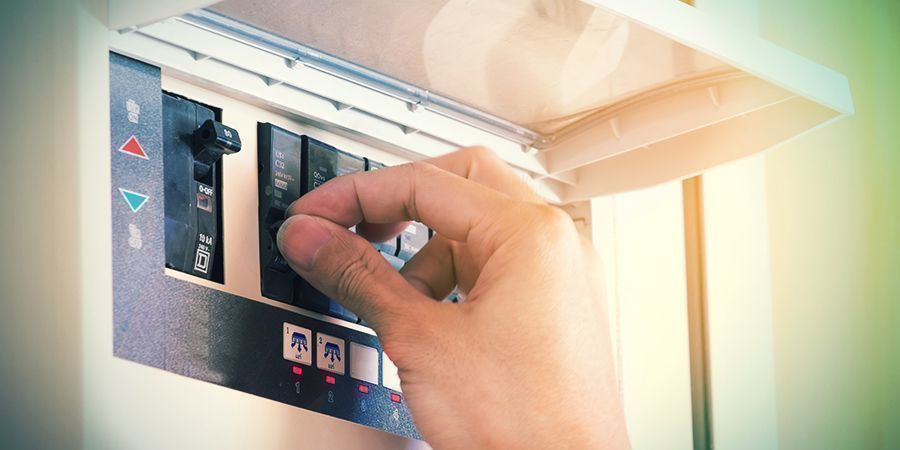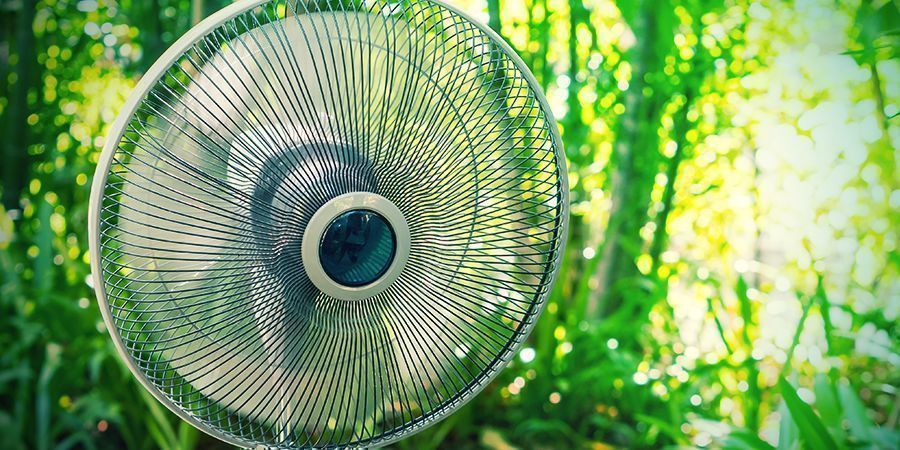Electricity And Growing Weed

OK, so you’ve decided to start that home-grow. Space isn’t available in the garden, so you’ve got to make do indoors. While plants outside will naturally get most of their needs from their surrounding environment, those grown indoors require a different kind of setup, including electricity-powered lights and fans. But how do you manage these systems? Let’s take a look at a few hints, tips, and tricks to help you out!
Practical Tips For Avoiding Problems With The Electricity When Growing Weed
Tip #1 Check the meter cupboard
First look in the meter cupboard how many Ampères you have to play with, usually about 25, and how many you need to use. Many people miscalculate here already. They don’t calculate how much they’re going to use, even if they know how much is coming through the main fuse.
- The ballasts of your lamp use 75 Watts, so add this to your 400 Watts.
- A 200 Watt ventilator uses 1 Ampère, but you need to reserve 3 Ampères for it.
- An extractor uses 1 Ampère per 1000 cubic metres, a heavy duty one uses about 800 Watts.
- A submersion pump uses 400 Watts.
- Bear in mind what your domestic appliance usage is. If you haven’t calculated how much energy you’ll use, have a look at your meter cupboard to see if you can.
Tip #2 Enlist a professional
Better not to mess around in the cupboard yourself; if something needs changing you should always get a certified professional to do so. Don’t draw any power directly from the meter cupboard, since if something goes wrong the power company will throw the switch and if you’re really unlucky you can knock out a whole district.
Tip #3 Never skip an energy bill
Pay your energy bills; don’t tap it illegally as this can land you a heavy fine.
Tip #4 Instal a circuit breaker

See if there is a circuit breaker in the meter cupboard. In some new buildings they are sometimes absent. If you don’t have one, get one installed. The circuit breaker measures the difference between in- and out-going current. If there’s more going in than going out then the switch is tripped before anything can catch fire.
Tip #5 Instal a fuse box
Avoid misery and install a fuse box. This will make sure that the current used is divided over the various groups in you meter cupboard. Fuse boxes are insured and built to the needs of the customer. A fuse box is recommended as soon as you start to use your first lamp. Sadly, about 70% of people only get a fuse box once something has gone wrong. And once you have purchased one, then you should not plug the fuse box plug into a power socket but connect it directly to the meter cupboard. Connect your ground wire, otherwise the circuit breaker will not work.
Tip #6 Get lights that generate less heat
A very common problem with lamps is that they get very hot. You can literally fry an egg on them. This is not the primary function of a lamp; you’re using an unnecessarily large amount of current and you’re losing light (Lumens). There are so-called ET lamps on the market, which do cost more but generate less heat. It is precisely this heating property that causes so much trouble. Always look whether the lamp is certified, and if it isn’t get the technical support at your local growshop to have a guy take a look at it.
Tip #7 Choose heat-resistant cables
Use heat-resistant cables for the leads to the caps. So not the cheap white or orange cord, since after 2-3 harvests the wire starts to crumble. Since the interior is constantly getting hot then cooling, cracks are formed, and if the lamp moves they can snap altogether with the result that the hood can become electrified.
Tip #8 Instal a relay

A timer is not made to be directly connected to a lamp. The timer is sunk by burning since the thin copper contact points melt. You have to put a relay (an electromechanical switch) between them. This has thick copper plates in it that won’t melt. The only thing the timer does is direct power to the relay. The relay is switched on, an electromagnet operates, the relay clicks on and then current reaches the thick copper plates and nothing can go wrong.
People often work with a timer to make the lamps and the heater work out of synch, but the timers are not always reliable or well installed. Then you can get a situation where the heater is on and the lamps are still burning bright, with the result that the fuse pops.
Tip #9 Use cable shoes
We have already touched on cabling when talking about lamps. But did you know that you can go wrong even in replacing a plug? If you attach the copper wires too close to each other in the plug then half the wires will break off. Then not all the supplied current can get through, with the result that the plug can get hot and even melt. This is very simple to avoid by fitting cable shoes, though this will cost you a few Eurocents. Also watch that you fit the outermost wire properly in the appropriate mantel, otherwise you can pull out the plug by mistake.
Tip #10 Cable and plug maintenance
Always hang electrical cables above head height, attached neatly, and certainly do not lay them on the ground! Don’t work with 86 extension cables; you are better off using a piece of wire. An electro cable of PVC can crumble if it keeps heating warm and cold. You can better use a length of silicone cable. This is heat resistant and you can ride over it in a truck and not damage it. Also, replace the plugs on the lamps at least every other year, everything stripped off and newly wired. And not to keep labouring the point but: always work with earthed appliances.
Tip #11 Invest in a good fan

The cheaper swivel fans can jam after just two or three harvests. They are greased with oil and due to the heat the oil leaks away. Turn it on between two harvests and there’s a chance it will remain stuck on. So here too, avoid cheap gear. There are good fans for sale that cost 100 rather than 30 Euros, but have a lifelong guarantee.












 United States
United States








